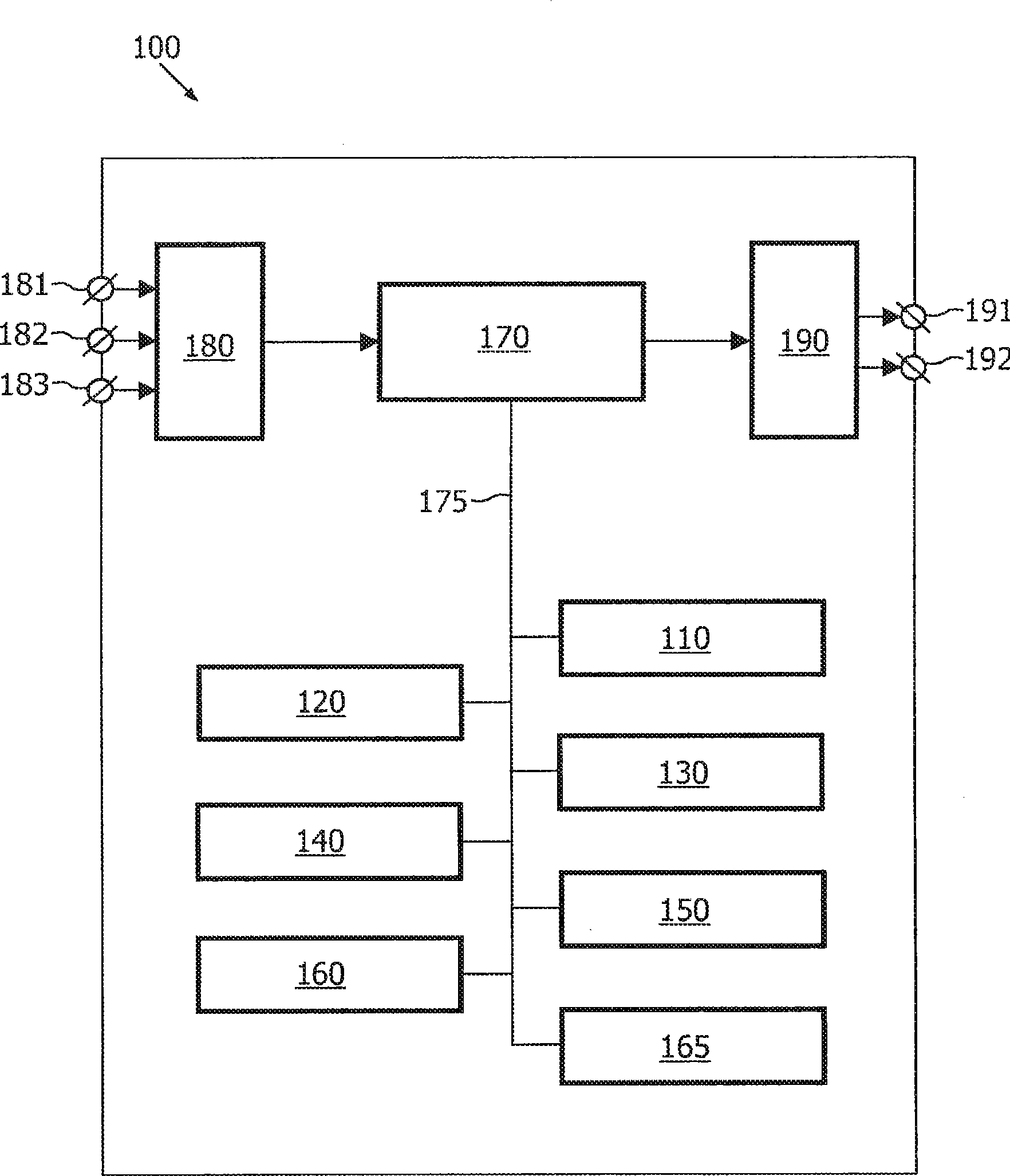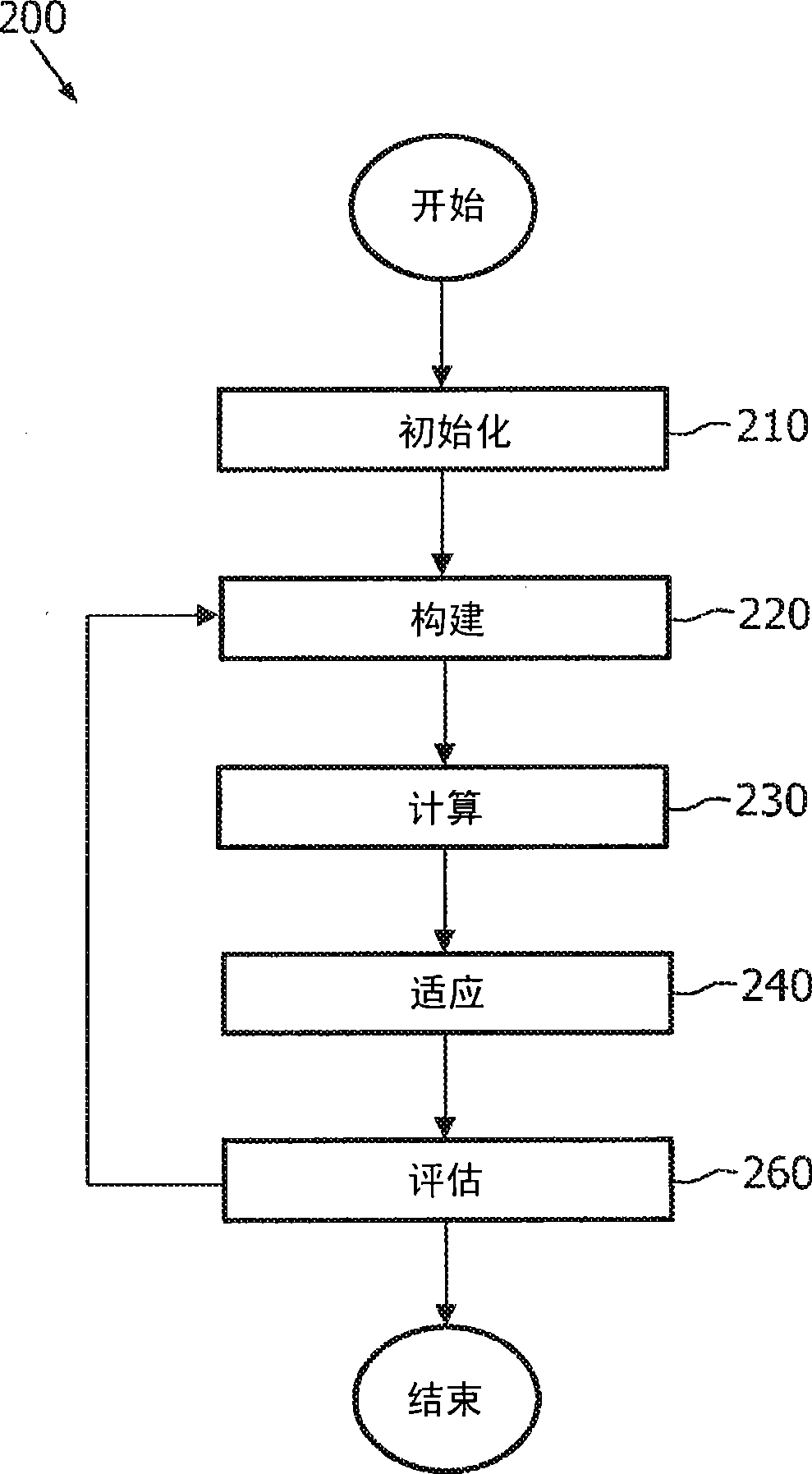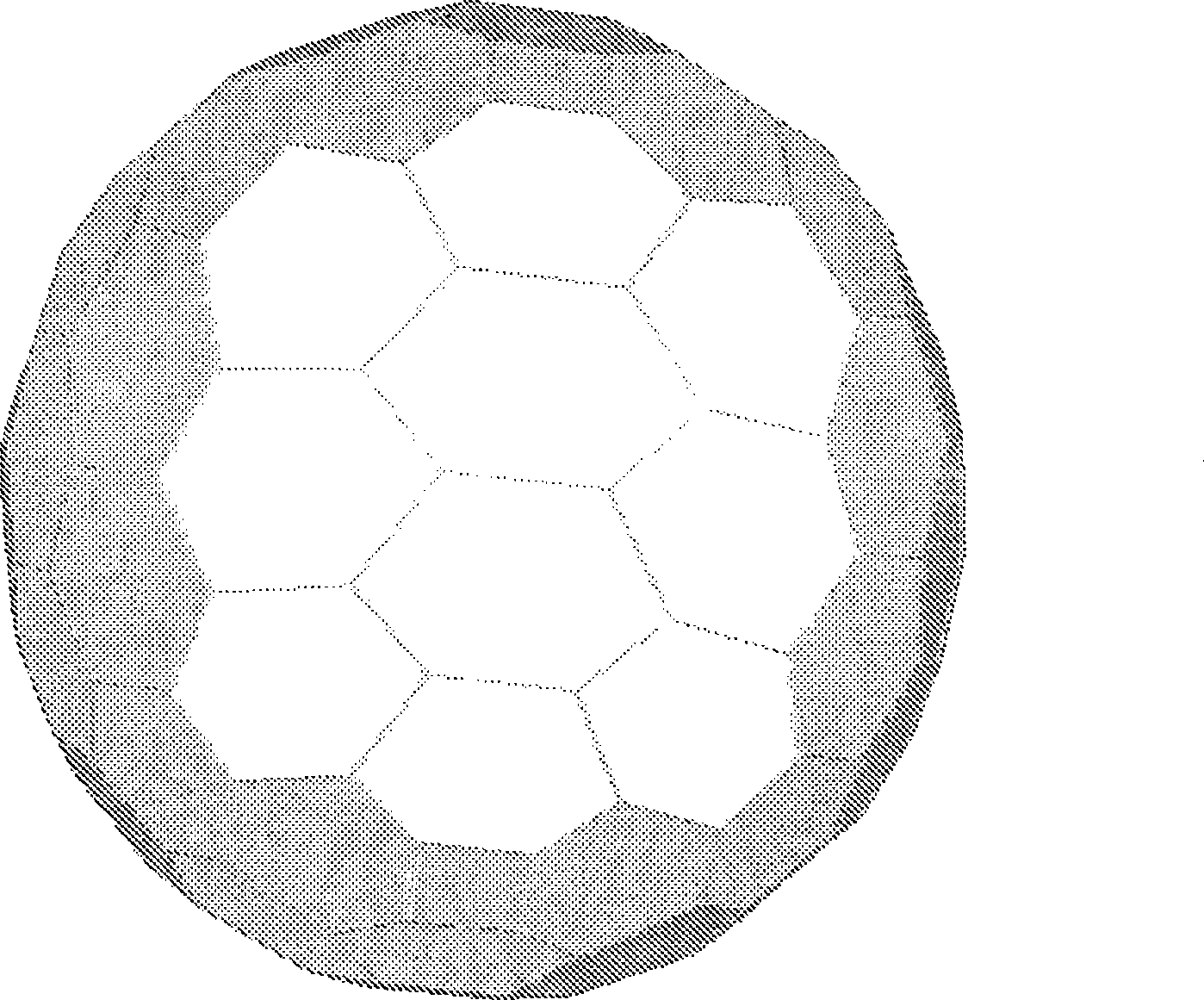Variable resolution model based image segmentation
A deformation model and image data technology, applied in image analysis, image enhancement, image data processing, etc., can solve the problem of harsh surface smoothness of the model
- Summary
- Abstract
- Description
- Claims
- Application Information
AI Technical Summary
Problems solved by technology
Method used
Image
Examples
Embodiment Construction
[0045] figure 1 A block diagram of an exemplary embodiment of a system 100 for segmenting an image dataset based on a deformable model for modeling objects in the image dataset using coarse and fine grids is schematically shown. model, the coarse grid is used to adapt to the image data set, and the fine grid is used to extract detailed information from the image data set, the system 100 includes:
[0046] - an initialization unit 110 for initializing a coarse grid in the image dataset space;
[0047] - construction unit 120, which is used to construct a fine grid in the image data set space based on the initialized coarse grid;
[0048] - calculation unit 130 for calculating the internal force field on the coarse grid and the external force field on the coarse grid, wherein the external force is calculated based on the constructed fine grid and the intensity scalar field; and
[0049] - An adaptation unit 140 for adapting the coarse grid to objects in the image dataset using...
PUM
 Login to View More
Login to View More Abstract
Description
Claims
Application Information
 Login to View More
Login to View More - R&D
- Intellectual Property
- Life Sciences
- Materials
- Tech Scout
- Unparalleled Data Quality
- Higher Quality Content
- 60% Fewer Hallucinations
Browse by: Latest US Patents, China's latest patents, Technical Efficacy Thesaurus, Application Domain, Technology Topic, Popular Technical Reports.
© 2025 PatSnap. All rights reserved.Legal|Privacy policy|Modern Slavery Act Transparency Statement|Sitemap|About US| Contact US: help@patsnap.com



